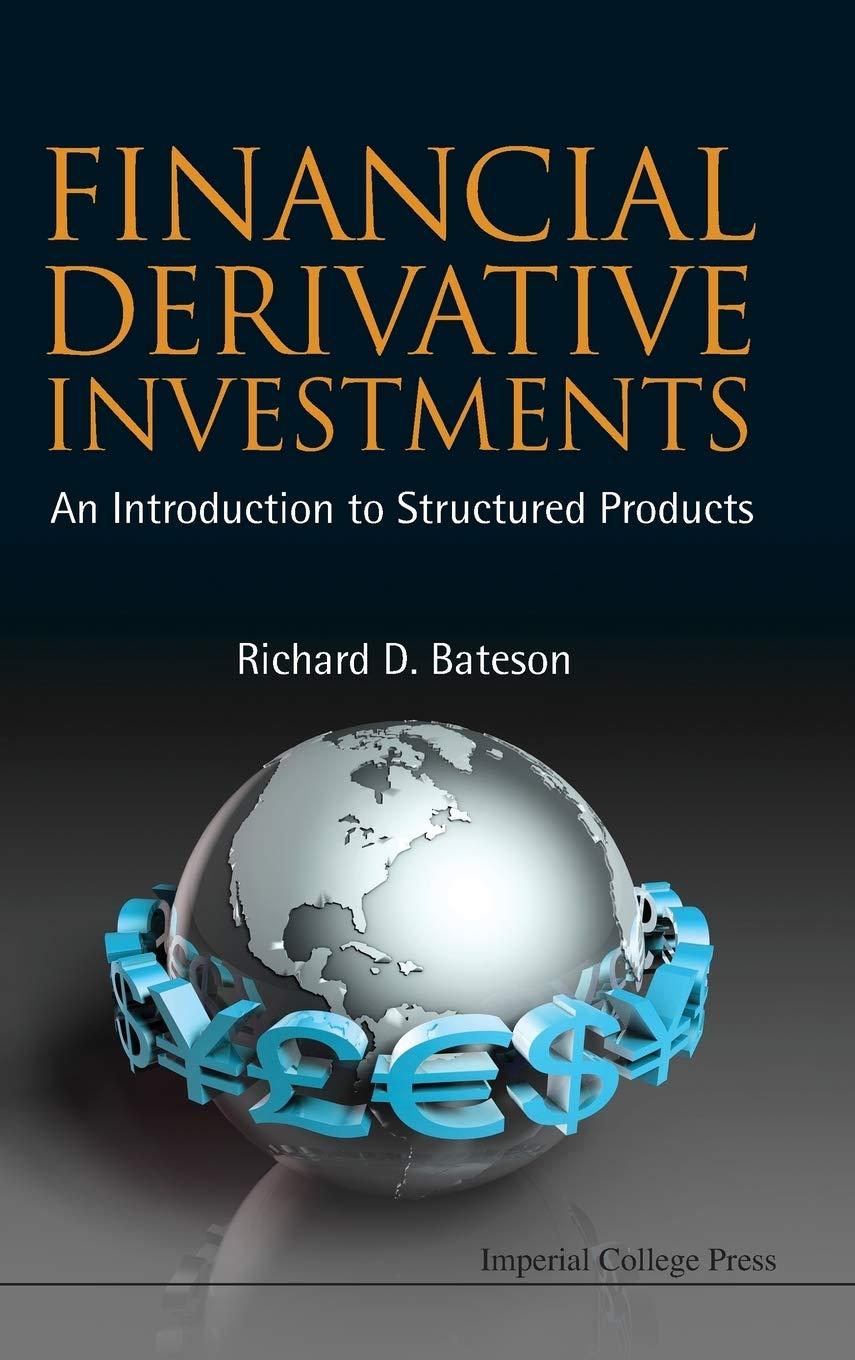Answered step by step
Verified Expert Solution
Question
1 Approved Answer
Behavior: A. The self-attribution bias B. The hindsight bias C. Overconfidence D. Loss aversion E. Herding behavior F. The anchoring bias Please match the definition

Behavior: A. The self-attribution bias
B. The hindsight bias
C. Overconfidence
D. Loss aversion
E. Herding behavior
F. The anchoring bias Please match the definition with the correct Behavior in the list. Thank you for helping out with this question.
The concept of risk and return is subjective for different people, as well as for corporations. Read and assess the following financial decisions. Keeping everything else constant, are the following actions good financial decisions? Base your decisions on the understanding of risk and return, solely from a theoretical finance perspective. Successful financial management requires knowledge of not only the terminology, mathematics, and techniques of financial management, but also that of human psychology and sociology. Financial and economic history in general-and market bubbles in particular-are filled with examples of both rational and irrational behaviors. Which of the following behaviors are true characterizations of a market bubble and which are false? \begin{tabular}{|l|} \hline Behavior \\ Bubbles tend to end with sudden, unexpected and significant price increases, and a post-burst asset price that is greater than its \\ intrinsic value. \\ Newer investors in a market exhibiting a bubble tend to realize greater profits than investors or speculators who have been in \\ the market for a much longer period. \\ \hline Later in the development of a market bubble, asset prices are affected more by the trading behaviors of inexperienced and naive \\ investors and speculators than from the investment activities of longer-term, experienced and more knowledgeable market \\ participants. \end{tabular} The field of behavioral finance tends to identify and explain irrational-but-predictable financial decision-making behaviors, Among the irrational behaviors that have been identified thus far are overconfidence, anchoring bias, hindsight bias, self-attribution bias, and herding behavior: Read each of the definitions below and identify the behavior it describesStep by Step Solution
There are 3 Steps involved in it
Step: 1

Get Instant Access to Expert-Tailored Solutions
See step-by-step solutions with expert insights and AI powered tools for academic success
Step: 2

Step: 3

Ace Your Homework with AI
Get the answers you need in no time with our AI-driven, step-by-step assistance
Get Started


